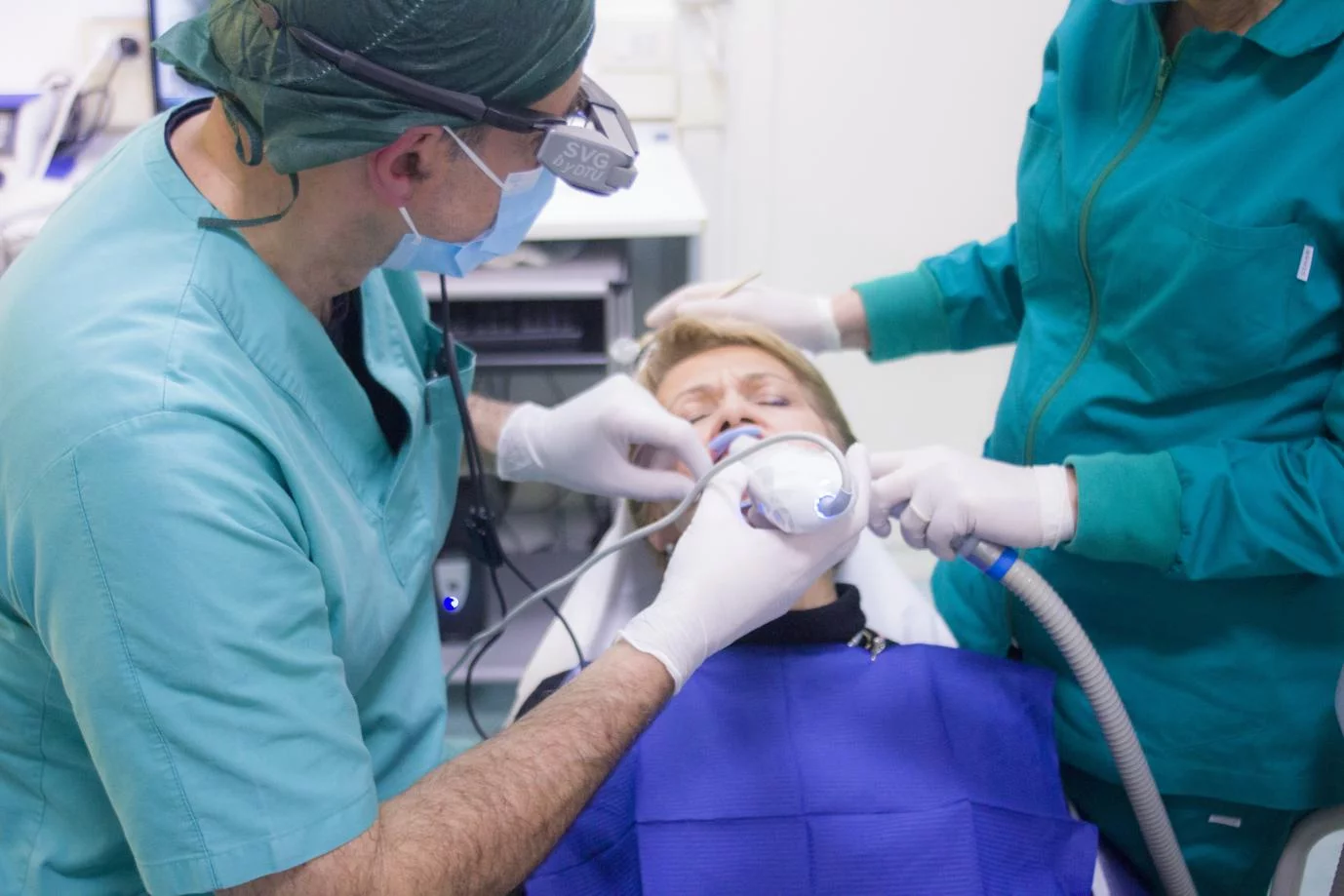Generally speaking, the components of fitness include flexibility, cardiovascular endurance, body composition and power. Each of these can be developed, strengthened and improved with specific training exercises.
Cardiovascular endurance
Increasing your cardiovascular endurance is one of the most important ways to enhance your physical fitness. It improves your heart function and can lower your risk of certain diseases. It can also make the tasks you do daily easier.
You can get started with cardiovascular training on your own or you can work with a fitness professional. A fitness professional can help you set goals and achieve them. They can also ensure that you are working out correctly and consistently.
Cardiovascular endurance is the ability of the heart and lungs to perform high intensity physical activities for extended periods of time. This is the basis of sports-specific power training. Exercises such as running, biking, rowing, and swimming are great examples of cardiovascular endurance.
Cardiorespiratory endurance can be determined by testing your maximal aerobic power (VO2max). This is the maximal rate at which you can consume oxygen during sustained exercise. This is typically measured on a cycle ergometer or treadmill. It can also be normalized to take into account differences in body size.
Flexibility
Among the components of physical fitness, flexibility is one of the most important. Without flexibility, joints would develop stiffness and increase the risk of injury. Whether you’re an athlete or a casual exerciser, flexibility training can improve your range of motion, reduce muscle soreness and back pain, and improve overall physical performance.
In order to improve flexibility, it’s important to practice stretching daily. This can be done through yoga, foam rolling, Pilates, and other exercises. It’s also important to take time to relax and reduce stress, which can enhance mental fitness and improve physical fitness.
Flexibility can be assessed with functional tests, such as the trunk lift and bilateral sit-and-reach test. These tests can identify areas of inflexibility, such as the hip or shoulder, and can help prevent injuries through fluid movement.
The benefits of flexibility training include enhanced range of motion, reduced muscle soreness, better posture, and decreased back pain. Flexibility can also enhance overall physical performance by preventing muscle imbalances and injury through improved muscle coordination.
Power
Optimal physical fitness involves a combination of all fitness components. Power is one of the components that can help an athlete improve in specific areas.
Power can be defined as the maximum force that a muscle can exert in a short period of time. Power can also be measured by calculating the time that an object takes to move. Specialized equipment can calculate power based on force and speed.
Power is important in many sports, including boxing, wrestling, and martial arts. It is also important for daily living. Increasing your power level can help you to move faster and stay upright. It can also help you burn fat.
Power can also be achieved through strength training, including lifting weights. These exercises can help increase muscle mass and build strength.
Another factor that contributes to power is flexibility. This enables the body to move in a full range of motion without pain or injury. In addition, it improves coordination and balance. This is especially important in sports that involve throwing or jumping.
Body composition
Regardless of your fitness goals, body composition is one of the most important components of physical fitness. Body composition describes the proportion of muscle, fat, bone, and water in the body. Having a healthy body composition reduces health risks for chronic conditions and helps you maintain cognitive function.
Body composition is a more accurate way to measure your health than body weight. For example, an athletic man with low body fat may have normal BMI. However, that does not mean that he has the same health risks as an obese man.
It is also important to understand that muscle and fat are not the same. Muscle is a metabolic tissue, while fat is a storage tissue. That means that muscle will require more calories to build than fat will. Muscle will also promote better basal metabolic rates, which helps you burn more calories.
Regardless of what type of fitness program you are trying to implement, you should keep in mind that a healthy body composition can help you fight off disease and maintain cognitive function. It can also improve blood pressure, sleep, and mood.







 The Essential Guide to Digestive Enzymes Australia: Boost Your Gut Health
The Essential Guide to Digestive Enzymes Australia: Boost Your Gut Health  Latest Breakthroughs in Acne Treatment
Latest Breakthroughs in Acne Treatment  The Rise of Virtual Fitness Classes
The Rise of Virtual Fitness Classes  Fun and Creative Ways to Stay Active Indoors
Fun and Creative Ways to Stay Active Indoors  Linking Oral Health to Overall Wellbeing
Linking Oral Health to Overall Wellbeing  Can You Exercise While Pregnant?
Can You Exercise While Pregnant?  Is Skin Cancer Curable?
Is Skin Cancer Curable?  How Much Is Dental Bonding?
How Much Is Dental Bonding?  The Rise of Telemedicine and Its Impact on Healthcare
The Rise of Telemedicine and Its Impact on Healthcare 